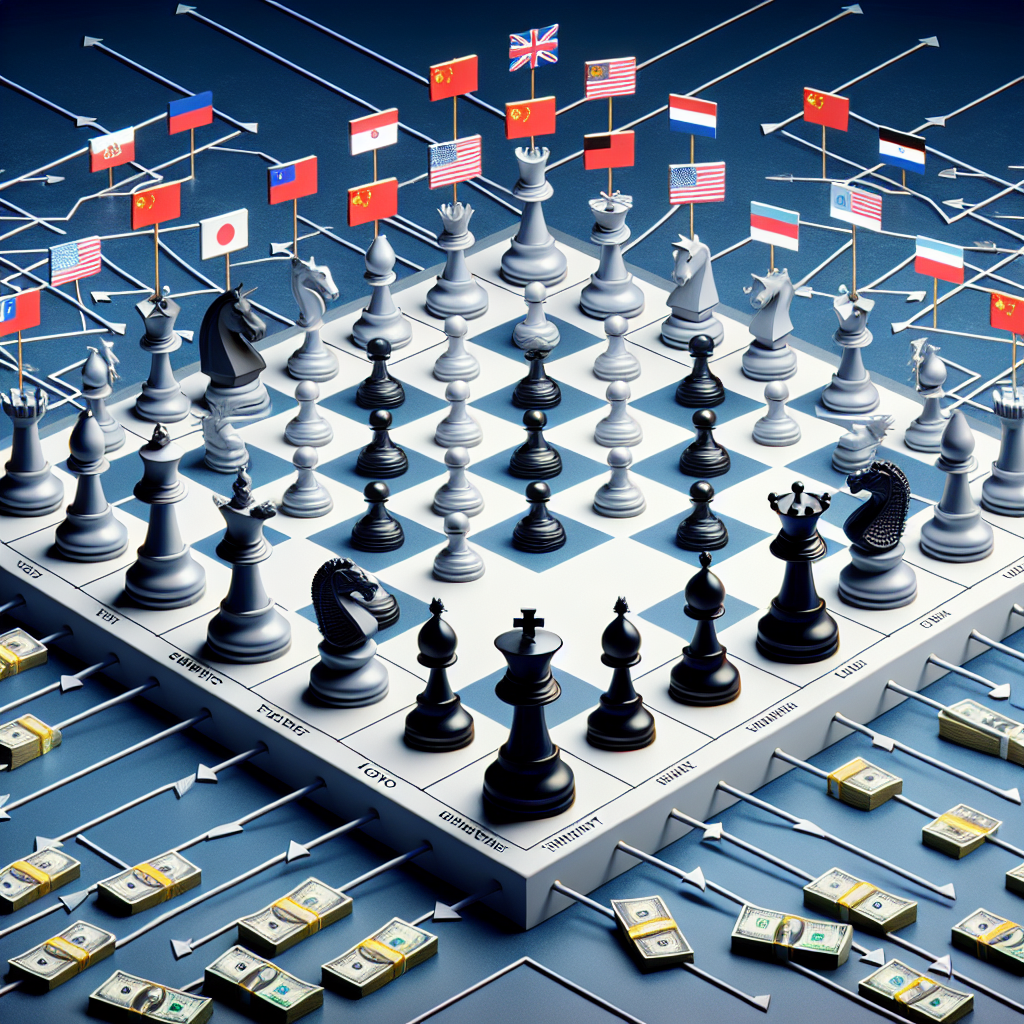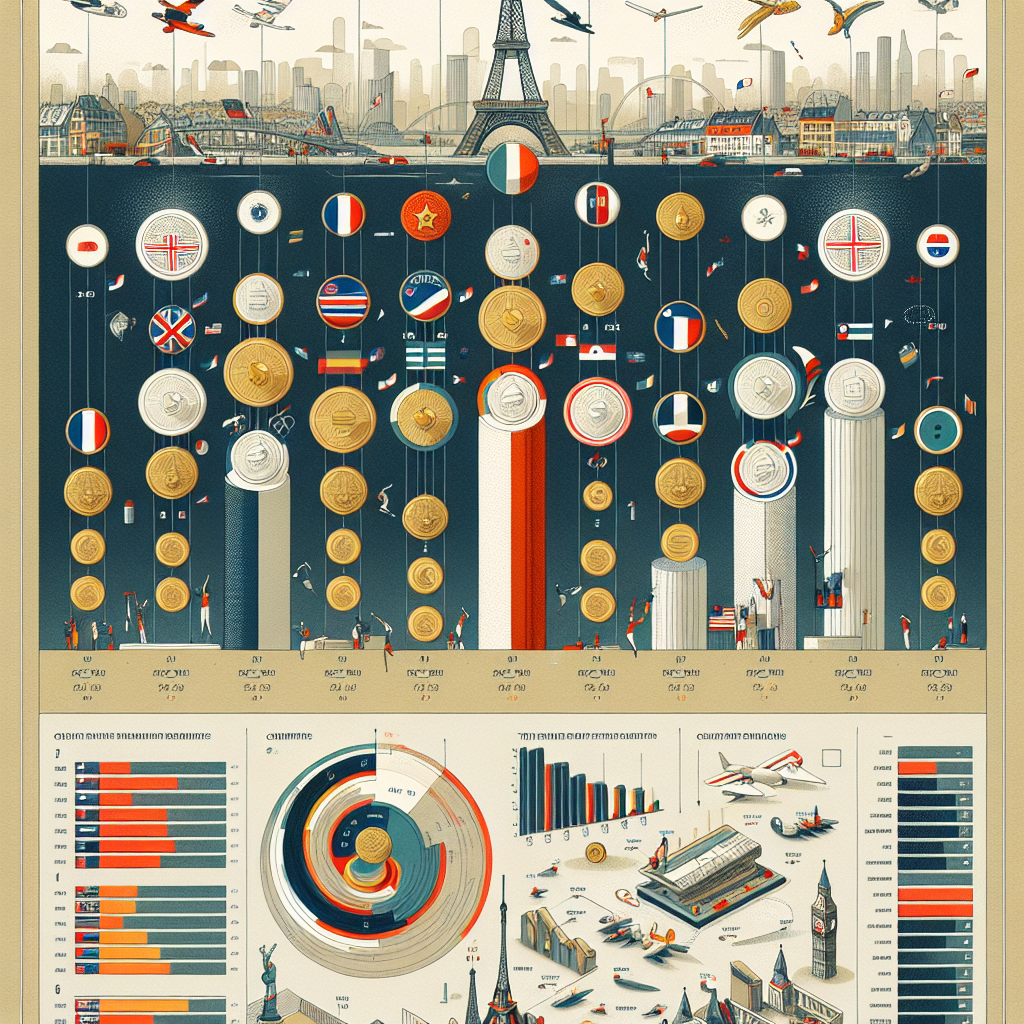How Tariffs Became the New Weapon in Global Trade Wars
1. Introduction to Trade Wars
Trade wars have become a prominent feature of global economic relations, particularly in recent years. A trade war occurs when countries impose tariffs or other trade barriers against each other in response to perceived unfair practices or policies. According to the World Trade Organization, global trade in goods saw a significant slowdown in 2020, with a 5.3% decline attributed to the pandemic and escalating trade tensions. As economies continue to recover, the implications of trade wars and tariffs remain a focal point for policymakers, businesses, and economists.
2. Understanding Tariffs
Tariffs are taxes imposed on imported goods, designed to make foreign products more expensive and encourage consumers to buy domestic products. They can be enacted for various reasons including protecting local industries, generating revenue for the government, or countering unfair trade practices. In the U.S. alone, tariffs collected in 2020 amounted to $71.1 billion, which was a significant source of income for the federal government amid economic challenges. However, tariffs can also lead to price increases for consumers and retaliation from trading partners.
3. The Recent Trade War Landscape
One of the most notable trade wars in recent history began in 2018 between the United States and China. The U.S. imposed tariffs on $370 billion worth of Chinese goods, aiming to address trade imbalances and intellectual property theft. In response, China retaliated with tariffs on $110 billion of U.S. goods, affecting various sectors including agriculture and manufacturing. This back-and-forth escalation created a situation where both economies faced disruptions, resulting in a slower growth rate for both nations.
4. Tariffs as a Strategic Weapon
Countries often use tariffs as a strategic weapon to influence foreign policy or economic behavior. In many cases, they are employed to negotiate better terms in trade agreements or to compel nations to change their policies. The imposition of tariffs can lead to significant economic pressure on targeted countries. For example, the agricultural sector in America suffered losses of about $27 billion in the 2018-2019 period due to tariffs affecting exports. This illustrates how tariffs extend beyond mere economics; they have geopolitical consequences as nations reconsider their alliances and trade partnerships.
5. The Impact on Global Supply Chains
Tariffs can significantly disrupt global supply chains. Companies that rely on imported goods often face increased costs that can lead to higher prices for consumers. According to a study from the National Foundation for American Policy, the tariffs imposed during the recent trade war cost American consumers an estimated $1.4 billion monthly. As businesses navigate these changes, many are forced to reconsider where they source their components and how they structure their supply chains to mitigate high tariff rates.
6. Economic Consequences of Tariff Usage
The economic consequences of tariffs extend well beyond the immediate target nation. Industries that depend on exports can suffer as global demand fluctuates in response to trade barriers. The International Monetary Fund reported that the trade tensions between the U.S. and China could reduce world GDP by about 0.8% by 2020. Additionally, countries that rely heavily on exports can experience slower growth rates, which in turn can lead to job losses and economic stagnation.
7. Consumer Impact
Ultimately, the use of tariffs can lead to increased prices for consumers. When companies face higher costs due to tariffs, they often pass those costs onto consumers in the form of higher prices. Research from economists at the Federal Reserve Bank of New York indicated that tariffs imposed during the trade war raised consumer prices in the U.S. by approximately $1,300 per household annually. As consumers adjust to rising prices, their purchasing power diminishes, which can further impact economic growth.
8. The Role of WTO and International Frameworks
International organizations like the World Trade Organization aim to reduce trade barriers and promote free trade among nations. The WTO provides a platform for countries to resolve trade disputes and negotiate terms without resorting to tariffs. However, recent trends show increasing nationalism and protectionist policies, leading to a reliance on unilateral tariffs instead of cooperative international resolutions. The rise of trade barriers contradicts the established post-World War II global trading system, posing a challenge for multilateral cooperation.
9. Future of Trade Wars and Tariff Policies
Looking forward, the landscape of trade wars and tariffs remains uncertain. Rising geopolitical tensions, especially surrounding technology and security concerns, suggest that the use of tariffs may persist. Nations may continue leveraging tariffs as a bargaining chip in negotiations over trade agreements or to address other international issues. Economic forecasts indicate that nations involved in continuous trade disputes may witness lower growth rates and increased volatility in their economies.
10. Conclusion
In conclusion, trade wars and the strategic use of tariffs have far-reaching effects that can alter global trade dynamics, economic growth, and consumer behavior. As nations grapple with the economic fallout from recent trade wars, it is crucial to understand the implications of tariffs as a weapon in international relations. Economies must find a balance between protecting domestic industries and engaging in a cooperative global trading system to foster sustainable economic growth. The future of international trade will likely hinge on how countries navigate these complexities and whether they can transcend unilateral approaches to embrace multilateral solutions.




Post Comment